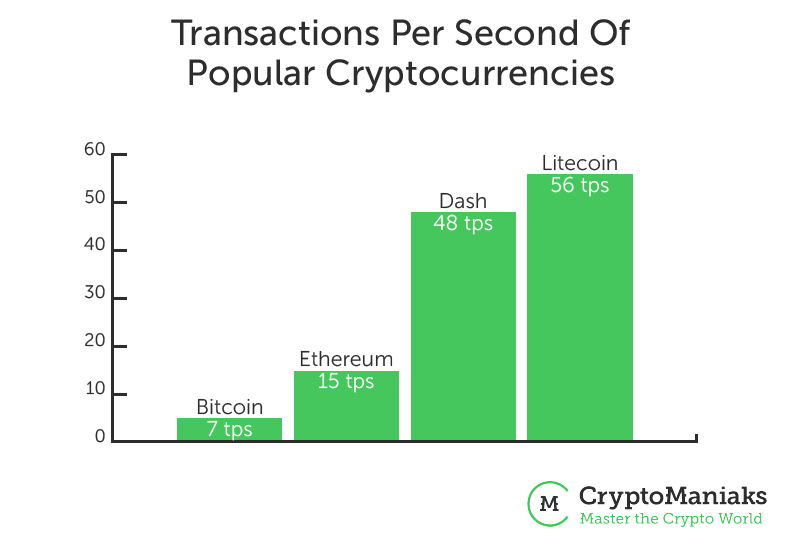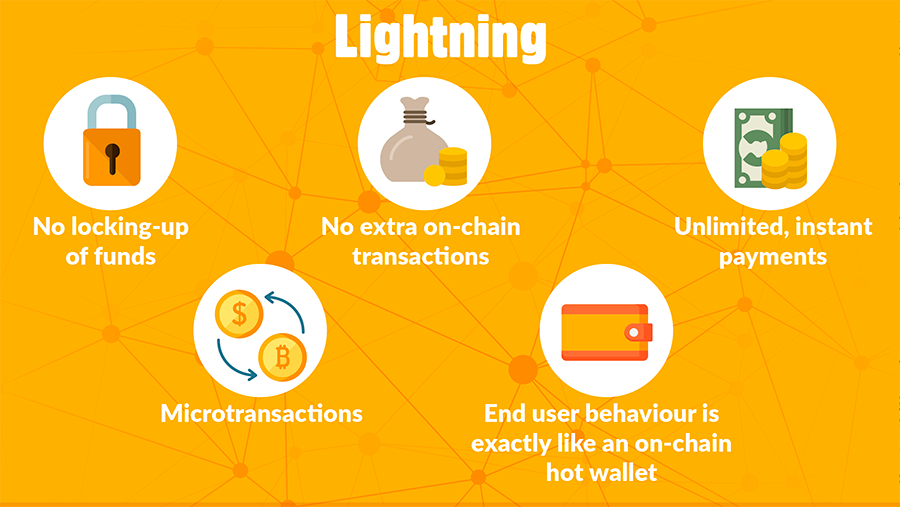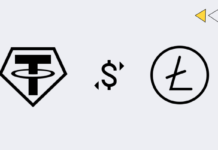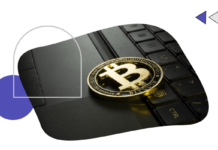Bitcoin will never reach mass adoption. At least that’s what some people say.
Over the past couple of years, Bitcoin has hit some serious growing pains causing mistrust in the technology. The more people transact on the Bitcoin network, the slower it becomes.
This is a result of how the blockchain works; each participant of the blockchain must agree on the most updated status of the ledger before accepting more transactions. This seriously inhibits scalability. More transactions means more work, which results in slow TPS (transactions per second) metrics and high fee rates.
So, how do we fix this?
One popular solution to handling more transactions is called the lightning network – a layer 2 solution. But will the lightning network actually help us achieve the mass adoption we’re looking for? Let’s find out.
Why We Need Layer 2 Solutions
Right now, Bitcoin can handle ~5 tps, Ethereum can handle ~15, and VISA claims they can handle up to 24,000!

But in reality, VISA handles more like 1,700 transactions per second. Still, this is a huge difference. For the Bitcoin network to achieve the efficiency level of VISA and become a viable way of transferring value, some drastic solutions to the architecture are required.
I do want to note that there is another school of thought, who believe in larger blocks on the network, akin to Bitcoin Cash‘s vision. I personally am a fan of the lightning network as a practical solution.
How the Lightning Network will Help
Layer 2 solutions are technical layers built on top of the blockchain which takes work off of the main chain (layer 1), by processing transactions on their own.
You can envision this by thinking about how a centralized exchange works. You send funds to these exchanges and you can buy and sell Bitcoin instantly because the trading is happening on their own database. When you want to withdraw your Bitcoin off the exchange to a personal wallet, you broadcast this to the public blockchain – which is why it can take a couple of minutes to receive.
Conceptually, the lightning network is similar in the sense that it is a separate layer, which allows you to transact instantly but can still communicate with the public chain when you want to send funds to your personal wallet.

Source: teambitcoin.com
To make it simple, the lightning network is a second layer technology, separate from the main Bitcoin blockchain, which can still interact and write data to it. With the help of the lightning network, Bitcoin and other cryptocurrencies can hope to achieve the same TPS capacity as VISA or Mastercard services.
Is the Lightning Network currently being Used?
To many people’s surprise, yes! It’s being used and the network is growing.
Jack Dorsey, the CEO of Twitter, and others even started a trend on Twitter ‘passing the lightning network torch’ which creates a payment channel.
A man named Matthias Steinig created a bicycle that allows riders to rent it by the second and can pay via the lightning network.

Source: ccn.com
And from a broader view, we can see that the number of nodes on the network is growing. From January of 2019 to the time of this writing, the number of nodes has increased from ~2,300 to ~4,100, which is almost double in just three months. This means that more people are taking part in the lightning network ecosystem, allowing for more liquidity to be transacted. The lightning network has been around since March 2018, so 2019 has seen some significant growth thus far. I look forward to seeing what 2019 has in store for the lightning network!
Read Cryptocurrency reviews on undervalued.top:
undervalued.top – the new website, dedicated to Bitcoin, blockchain, and cryptocurrency. Here you can find out more about blockchain technology and the promising alternative cryptocurrencies or «altcoins». Some altcoins offer great solutions to real-world problems. Yet often the good coins are still undervalued. The mission of the website is to point out the top undervalued cryptocurrencies. The cryptocurrency reviews and other materials will help you to take a deeper dive into the blockchain and cryptocurrency world. All materials are free to read for everyone.
The website is actively growing and you always can find new updates on the best cryptocurrency and promising altcoins. Learn more: undervalued.top

Author Bio:
Michael Rosenblat:Michael entered cryptocurrency space during early 2014. He is the founder of doiownashitcoin and many other ventures within the industry. He also likes to produce digestible content for the other adopters.








